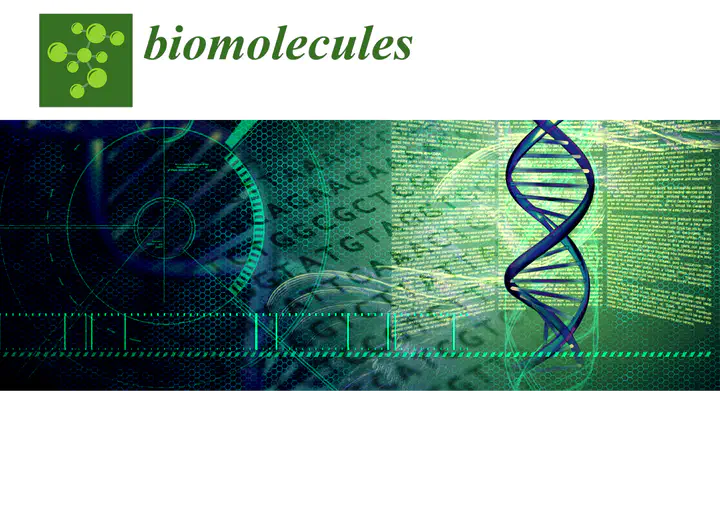Identification of novel coloboma candidate genes through conserved gene expression analyses across four vertebrate species

Abstract
Ocular coloboma (OC) is a failure of complete optic fissure closure during embryonic development and presents as a tissue defect along the proximal distal axis of the ventral eye. It is classed as part of the clinical spectrum of structural eye malformations with microphthalmia and anophthalmia, collectively abbreviated to MAC. Despite deliberate attempts to identify causative variants in MAC, many patients remain without a genetic diagnosis. To reveal potential candidate genes, we utilised transcriptomes experimentally generated from embryonic eye tissues derived from human, mouse, zebrafish, and chicken at stages coincident with optic fissure closure. Our in-silico analyses found 10 genes with optic fissure specific enriched expression: ALDH1A3, BMPR1B, EMX2, EPHB3, NID1, NTN1, PAX2, SMOC1, TENM3, and VAX1. In situ hybridization revealed that all 10 genes were broadly expressed ventrally in the developing eye, but that only PAX2 and NTN1 were expressed in cells at the edges of the optic fissure margin. Of these conserved optic fissure genes, EMX2, NID1, and EPHB3 have not previously been associated with human MAC cases. Targeted genetic manipulation in zebrafish embryos using CRISPR/Cas9 caused the developmental MAC phenotype for emx2 and ephb3. We scrutined available whole genome sequencing datasets from MAC patients and identified a range of variants with plausible causality. In combination our data suggest that expression of genes involved in ventral eye development are conserved across a range of vertebrate species, and that EMX2, NID1, and EPHB3 are candidate loci that should be adopted into clinical diagnostic screens for patients with structural eye malformations.